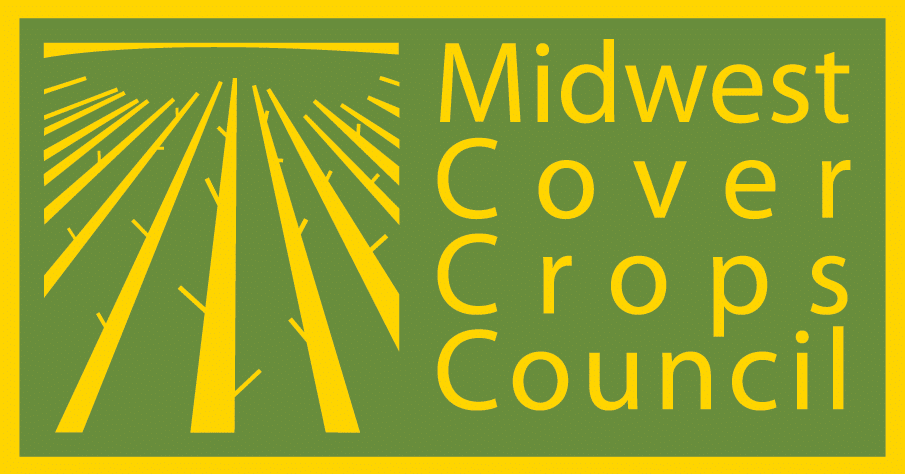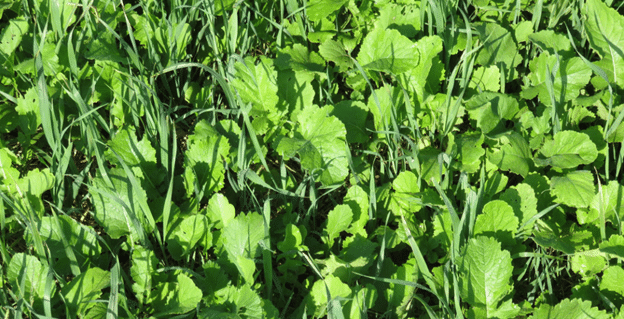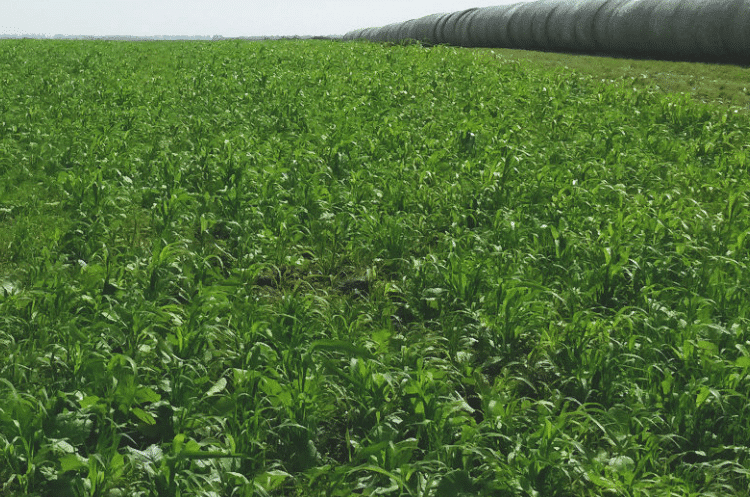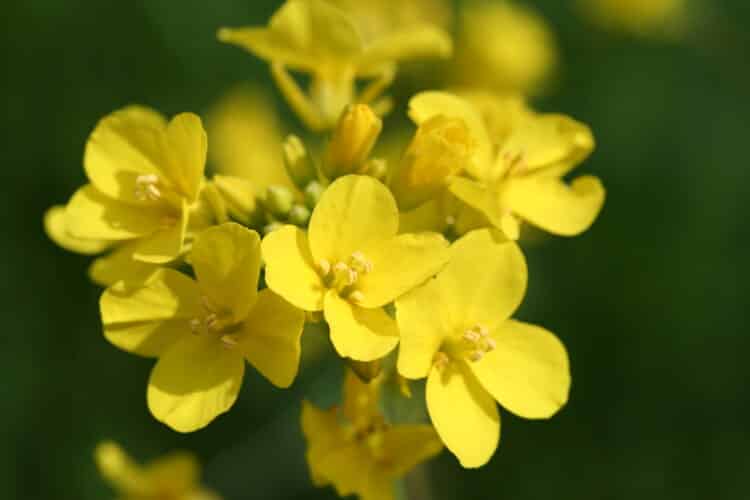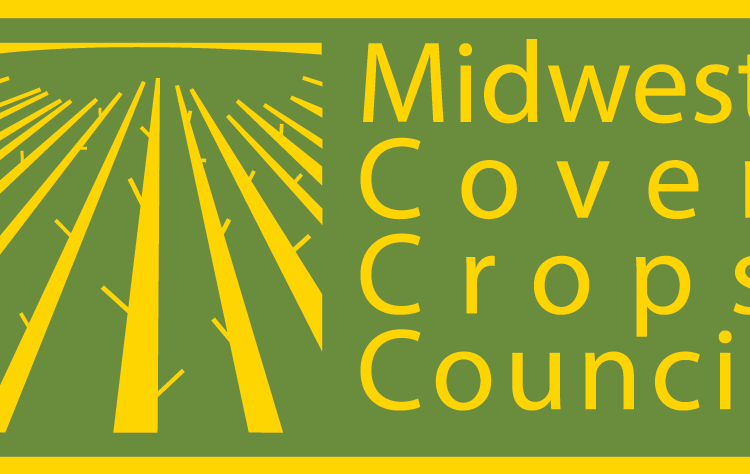Brassicas & mustards overview: Managing Cover Crops Profitably
(SARE Handbook Series Book 9) by Andy Clark (2007, 3rd ed.)
Brassicas are increasingly used as winter or rotational cover crops in vegetable and specialty crop production, such as potatoes and tree fruits. There is also growing interest in their use in row crop production, primarily for nutrient capture, nematode trapping, and biotoxic or biofumigation activity. Some brassicas have a large taproot that can break through plow pans better than the fibrous roots of cereal cover crops or the mustards. Those brassicas that winterkill decompose very quickly and leave a seedbed that is mellow and easy to plant in.
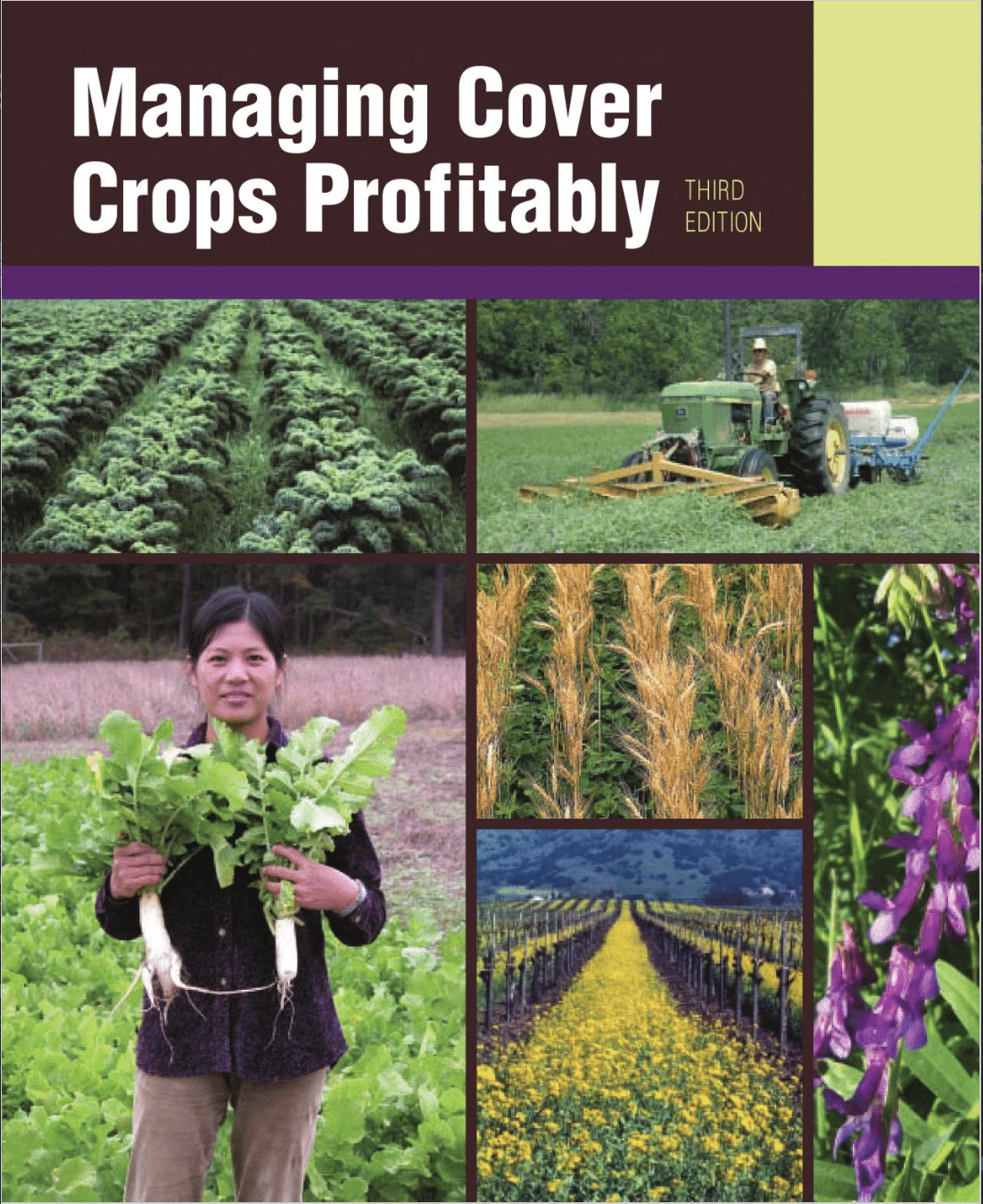
Mustards
Mustards belong either to the Brassica or Sinapsis genera. Mustards are upright cool-season annuals that grow 3-5 feets tall. They have narrow leaves, yellow flowers, a strong taproot, and fibrous and lateral roots. We've added some examples of Mustards below.
Mustards belong either to the Brassica or Sinapsis genera. Mustards are upright cool-season annuals that grow 3-5 feets tall. They have narrow leaves, yellow flowers, a strong taproot, and fibrous and lateral roots.
Additional Resources
Brassicas & mustards overview: Managing Cover Crops Profitably (SARE Handbook Series Book 9) by Andy Clark (2007, 3rd ed.)
Mustards belong either to the Brassica or Sinapsis genera. Mustards are upright cool-season annuals that grow 3-5 feets tall. They have narrow leaves, yellow flowers, a strong taproot, and fibrous and lateral roots.
Additional Resources
Brassicas & mustards overview: Managing Cover Crops Profitably (SARE Handbook Series Book 9) by Andy Clark (2007, 3rd ed.)
Mustards belong either to the Brassica or Sinapsis genera. Mustards are upright cool-season annuals that grow 3-5 feets tall. They have narrow leaves, yellow flowers, a strong taproot, and fibrous and lateral roots.
Additional Resources
Brassicas & mustards overview: Managing Cover Crops Profitably (SARE Handbook Series Book 9) by Andy Clark (2007, 3rd ed.)
Mustards belong either to the Brassica or Sinapsis genera. Mustards are upright cool-season annuals that grow 3-5 feets tall. They have narrow leaves, yellow flowers, a strong taproot, and fibrous and lateral roots.
Additional Resources
Brassicas & mustards overview: Managing Cover Crops Profitably (SARE Handbook Series Book 9) by Andy Clark (2007, 3rd ed.)
Winter Camelina
Scientific Name: Camelina sativa
Life Cycle: Cool season annual
Growth Habit: Upright
Preferred Soil pH: 5.5 - 7.5
Min. Germination Temp.: 38 F
This non-legume broadleaf is a member of the mustard family and an industrial oilseed crop. Grows 16-35 inches tall. Has spring and winter types, but winter types are the only successful cover crops. Grows as a rosette in the fall and overwinters as a rosette. Bolts in spring.
Mustards belong either to the Brassica or Sinapsis genera. Mustards are upright cool-season annuals that grow 3-5 feets tall. They have narrow leaves, yellow flowers, a strong taproot, and fibrous and lateral roots.
Additional Resources
Brassicas & mustards overview: Managing Cover Crops Profitably (SARE Handbook Series Book 9) by Andy Clark (2007, 3rd ed.)
Other Brassicas
Oilseed radish
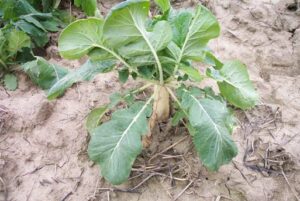
Scientific Name: Raphanus sativus
Life Cycle: Cool Season Annual
Growth Habit: Upright
Preferred Soil pH: 6.0-7.5 Min.
Germination Temp.:45F
Upright, cool-season annual that grows 12-18 inches tall. Has basal rosette of dissected leaves; purple, light purple, pink, or white flowers; and a deep taproot.
Additional Resources:
For more region specific information, each cover crop species can be found in the cover crop decision tool by name.
Brassicas & mustards overview: Managing Cover Crops Profitably (SARE Handbook Series Book 9) by Andy Clark (2007, 3rd ed.)
Rapeseed
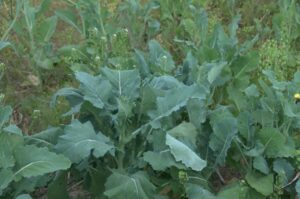
Scientific Name: Brassica napus
Life Cycle: Winter Annual
Growth Habit: Upright
Preferred Soil pH: 5.5-8.0 Min.
Germination Temp.: 41F
Upright cool-season or winter annual that grow 3-5 feets tall. They have narrow leaves, yellow flowers, a strong taproot, and fibrous and lateral roots.
Additional Resources:
For more region specific information, each cover crop species can be found in the cover crop decision tool by name.
Brassicas & mustards overview: Managing Cover Crops Profitably (SARE Handbook Series Book 9) by Andy Clark (2007, 3rd ed.)
Turnip

Scientific Name: Brassica rapa
Life Cycle: Cool Season Annual
Growth Habit: Upright
Preferred Soil pH: 5.3-6.8 Min.
Germination Temp.: 45F
Upright, cool-season annual or biennial in areas where winter-kill fails to reliably occur. Has broad leaves with prominent midribs.
Additional Resources:
For more region specific information, each cover crop species can be found in the cover crop decision tool by name.
Brassicas & mustards overview: Managing Cover Crops Profitably (SARE Handbook Series Book 9) by Andy Clark (2007, 3rd ed.)
Winter canola
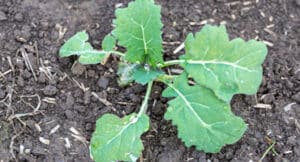
Upright winter annual broadleaf that grows 3-5 feet tall. Has narrow leaves, yellow flowers, a strong taproot, and fibrous lateral roots.
Additional Resources:
For more region specific information, each cover crop species can be found in the cover crop decision tool by name.Brassicas & mustards overview: Managing Cover Crops Profitably (SARE Handbook Series Book 9) by Andy Clark (2007, 3rd ed.)
